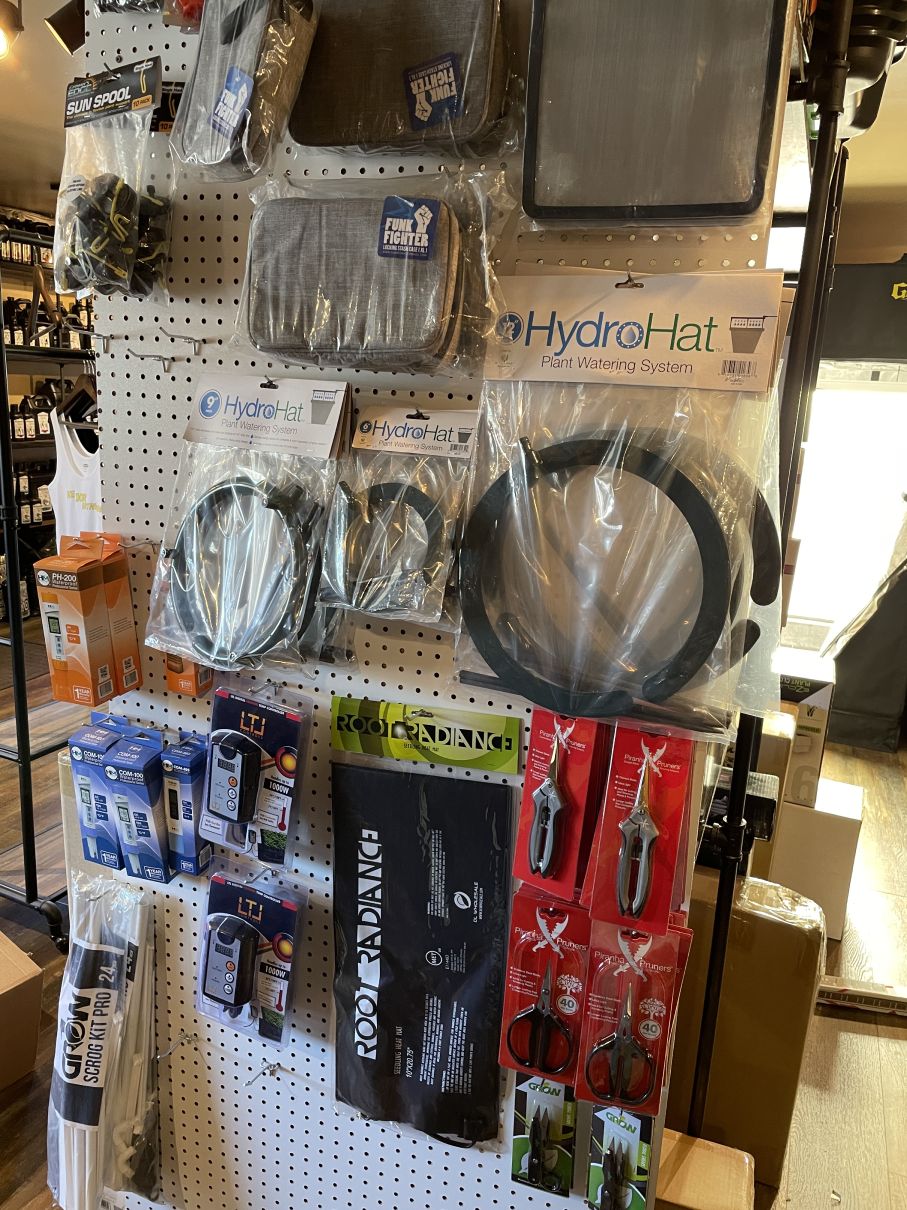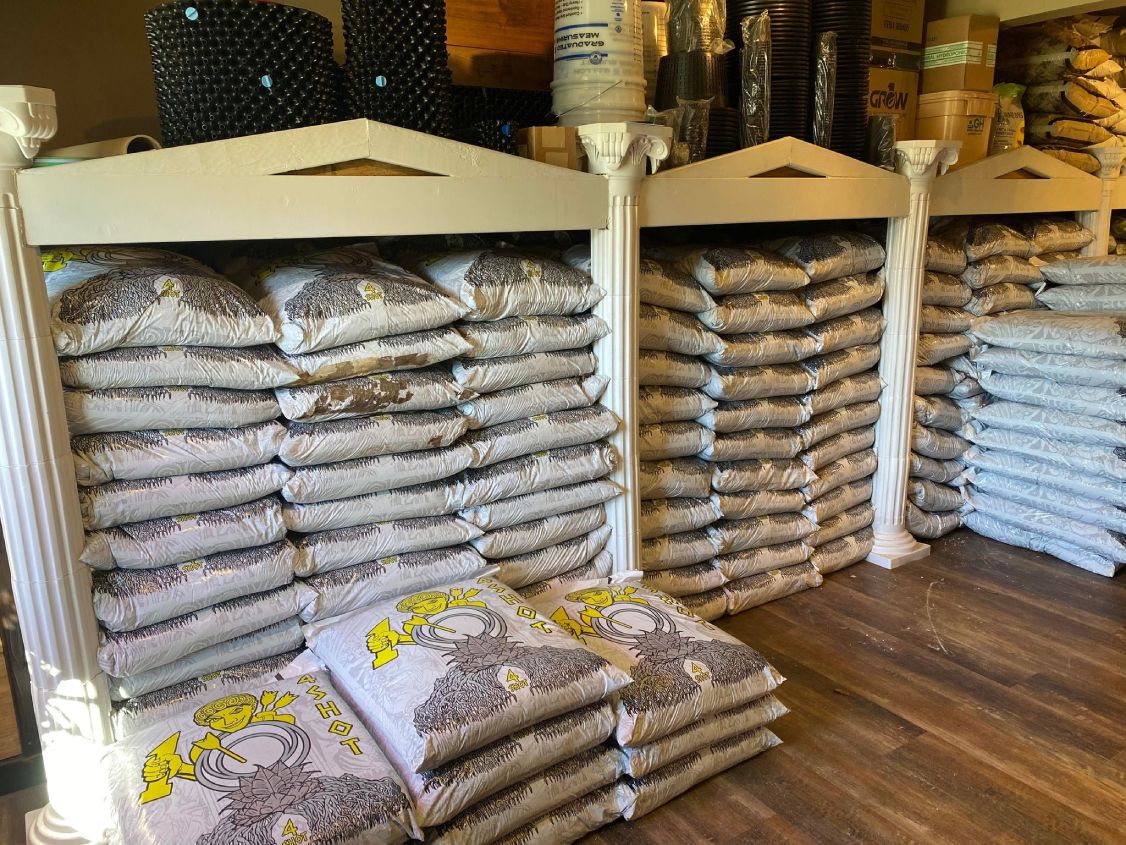Elevate Your Gardening Game: Introduction The Indoor Earthworm Planting Process
Elevate Your Gardening Game: Introduction The Indoor Earthworm Planting Process
Blog Article
Unlocking the Possible of Hydroponics: Comprehending Its Uses and Different Kinds
Hydroponics, an approach of cultivating plants without dirt, has actually gathered boosting attention for its potential to change farming and gardening techniques. The precision control over nutrient delivery, water use, and environmental elements uses a glimpse into a future where food production can be optimized in various setups. As we navigate via the intricate landscape of hydroponic systems and strategies, it becomes evident that each approach holds distinctive advantages and limitations. By deciphering the diverse uses and sorts of hydroponics, we can reveal a world of opportunities that may reshape exactly how we imagine sustainable farming and horticulture practices.
Advantages of Hydroponic Solutions

An additional benefit of hydroponic systems is the capacity to grow plants in a smaller sized space. By getting rid of the need for dirt, plants can be grown vertically or in stacked systems, making best use of the use of offered room. This is especially helpful in metropolitan areas or regions with restricted cultivable land. In addition, hydroponic systems decrease the threat of soil-borne conditions and parasites, as there is no soil to harbor these hazards. This causes healthier plants and reduces the demand for unsafe chemicals, making hydroponic farming a more sustainable and ecologically friendly option.
Common Utilizes in Farming

Offered the effective water preservation and space-saving benefits of hydroponic systems, it is evident that these ingenious agricultural approaches have actually discovered usual uses in different industries of agriculture. The controlled environment of hydroponic systems enables year-round cultivation, supplying a consistent supply of fresh produce regardless of external weather conditions.
Hydroponics is typically utilized for expanding a variety of crops, consisting of leafed environment-friendlies, tomatoes, cucumbers, natural herbs, peppers, and strawberries. Its convenience expands to vertical farming, metropolitan farming, and greenhouse manufacturing. Furthermore, hydroponic systems are made use of in study and instructional setups to examine plant nourishment, farming, and growth strategies. The flexibility and efficiency of hydroponics make it a useful device in modern-day farming, addressing the obstacles of sustainability, food safety and security, and resource optimization.
Checking Out Different Hydroponic Techniques
What are the different cutting-edge techniques made use of in hydroponics to enhance plant cultivation efficiency and generate? Hydroponic systems provide a series of techniques that provide to various plant kinds and cultivation goals. One prominent strategy is the Deep Water Culture (DWC) system, where plant roots are submerged in a nutrient service, offering adequate oxygen and nutrients. One more commonly utilized approach is the Nutrient Film Technique (NFT), which includes a superficial stream of nutrient service streaming over the plant roots, advertising water and nutrient uptake. Furthermore, the Ups and downs system, likewise understood as the Flooding and Drain system, intermittently floods the plant roots with nutrient remedy, allowing for oxygenation during draining pipes periods. Aeroponics is another cutting-edge strategy that entails misting plant origins with a nutrient remedy, optimizing oxygen absorption and nutrient uptake. Each of these techniques showcases the versatility and effectiveness of hydroponic systems in improving crop growth and return.
Contrasting Different Hydroponic Systems
Checking out the effectiveness and yield enhancement strategies in hydroponics leads us to contrast different hydroponic systems offered for plant growing. Each hydroponic system has its one-of-a-kind features, advantages, and constraints, making it vital for cultivators to select the most suitable system based on their particular needs and restraints.
One of the most typical hydroponic systems is the nutrient film method (NFT), where a slim movie of nutrient remedy continually moves over the plant origins. In contrast, the deep water society (DWC) system submerges plant origins directly into the nutrient remedy, providing ample oxygen and nutrients.
An additional prominent hydroponic system is the ebb and flow (or flooding and drain) system, which periodically floods the plant origins with nutrient service check my source before draining it. This cyclic recommended you read process makes sure appropriate oygenation for the origins while providing nutrients effectively. In addition, the aeroponic system suspends plant origins airborne and hazes them with a nutrient option, advertising rapid development and high oxygenation levels. Cultivators trying to find a flexible system that decreases water usage frequently go with aeroponics. By comprehending the differences in between these hydroponic systems, cultivators can make enlightened choices to make best use of plant yield and quality.
Developments in Hydroponic Innovation
One vital technology is the development of wise hydroponic systems that make use of sensors and automation to check and readjust ecological problems such as pH degrees, nutrient concentrations, and light exposure in real-time. These systems enable accurate control over growing conditions, leading to optimum plant growth and greater plant yields.
Another remarkable development is the assimilation of upright farming techniques with hydroponic systems, permitting the growing of plants in stacked layers. This vertical method makes best use of room use, making it excellent for urban atmospheres where land availability is limited - The Indoor Earthworm. Additionally, using sophisticated LED illumination systems tailored to particular plant demands has actually enhanced energy effectiveness and improved growth rates in hydroponic configurations
Technologies like these are driving the evolution of hydroponics, making it a sustainable and very eye-catching alternative for modern agriculture.
Verdict
To conclude, hydroponics provides many advantages in farming and has numerous strategies and check systems that can be utilized to maximize its capacity. Developments in hydroponic modern technology continue to enhance efficiency and sustainability in food production. By recognizing the usages and various sorts of hydroponic systems, growers and farmers can unlock the full potential of this ingenious approach of growing plants without soil.
Furthermore, hydroponic systems allow for far better control over nutrient levels, pH balance, and ecological problems, leading to much healthier plants and greater returns.

Report this page